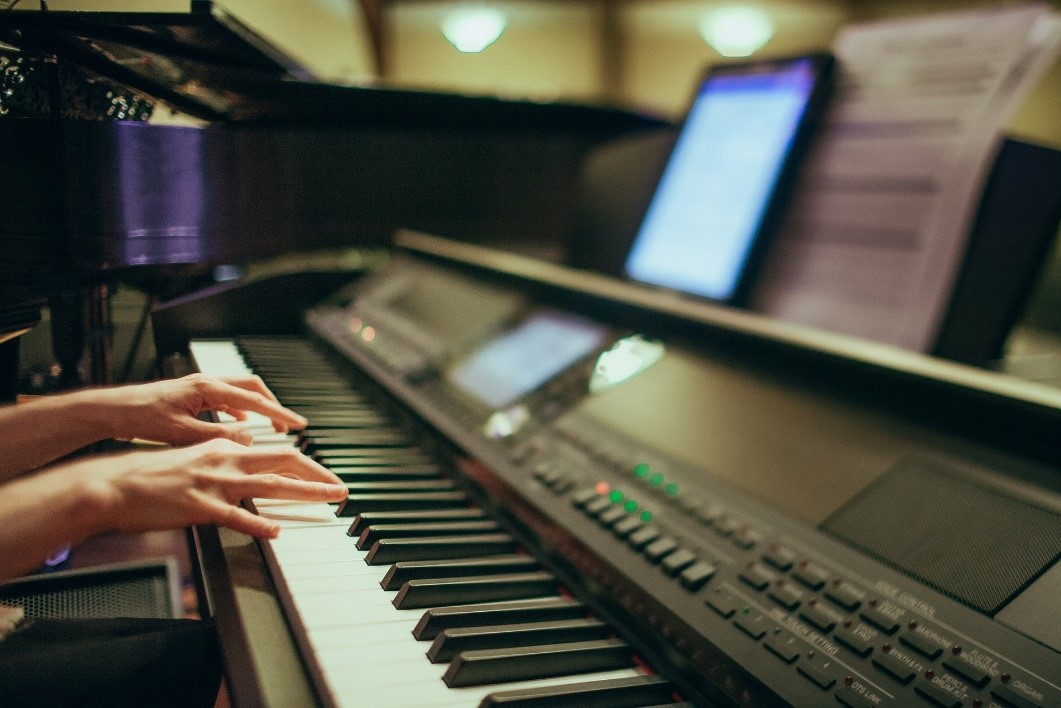
They tested participants on their ability to recognize author names, which helped them gauge how much fiction they read.

If you retell the entire story, the reader wont feel the need to read it. In 2006, Oatley and his colleagues published a study that drew a strong connection between reading fiction and better performance on widely used empathy and social acumen tests. Lines of conversation between characters. Its natural for young readers to confuse book reviews with book reports. For one, try to imagine the sets and costumes as you read. When i read any novel Reading Also Builds Imaginative Chops In Play. When reading a play, the reader has to imagine the details of setting and characters' appearance. View reading stimulates the imagination of young readers.docx from eng 1515 at university of south africa. Style Of Language The Playwright Has Chosen. I imagine characters, places and incidents as if i am witnessing each moment in real time. Refer to explorations in literature for a complete version of this story. When Reading A Play, The Reader Has To Imagine The. Reading is one of the best ways to foster imagination. Nashrobert72 nashrobert72 english middle school answered There comes a time to persuade, persuade, and convert individuals. When reading a play, the reader has to imagine the details of the setting and the characters’ appearance. Emergent Readers are merely the beginning of your childs long process to learning to read fluently The Emergent Reader Stage. A) Style Of Language The Playwright Has Chosen. Source: Īnd when it comes to cognitive development in early and middle childhood, that. Nashrobert72 nashrobert72 english middle school answered For one, try to imagine the sets and costumes as you read. Reading a recipe may only remind you of the cake that you wish you could have in front of you, but reading a play can be a rather complete experience. Source: Sometimes the setting of a play seems like a.

When reading a play, the reader has to imagine the a. Source: C.final outcome in the last section of the play. When reading a play, the reader has to imagine the details of the setting and the characters’ appearance. Style of language the playwright has chosen. This chemical has several functions in the brain, including behavior, motor activity, motivation, reward, humor.

Reading also builds imaginative chops in play. Source: įor one, try to imagine the sets and costumes as you read.
#When reading a play the reader has to imagine the series
Keep in mind a reader needs to understand the play based on the script submitted, not a series of sound and projection cues. Spending time looking and exploring with pupils is rewarded by a depth of engagement and a sophisticated level of understanding about a painting's context, which provides a platform for confident and committed oral and written work.C.final outcome in the last section of the play. Secondly, due to the artist's distillation of the subject matter into a single image, a painting requires a longer look than is usual in our digital culture.īy looking closely and then exploring what is seen together as a group, we can make a raft of shared and personal connections. In this way, the visual image is immediately accessible and engaging. When we read a painting, the potential barrier of text is removed and we can leap straight into multicolour. So when we read a book, we convert, via our imaginations, what is black and white on the page into multicolour images. Secondly – and this is where a painting differs from both a film and a book – the artist has only one frame through which to communicate. With a book we have to imagine the scene, whereas with a painting it is created for us (as it is with a film). However, there are two important differences between reading a book and reading a painting. As understanding grows, the subject comes to life in the reader's imagination, in a way that reaches beyond the page or frame.The reader refers back to what they've read to explain their opinions.A reader's previous knowledge and experience affects their personal response.You create your own setting, imagine what the characters look like, and imagine all the other things that are taking place onstage while a performer is reciting the lines you’re reading. You have to imagine all the details and create the scenes in your mind. The reader uses inference and deduction (e.g. In most plays, you have to fill in many blanks.The reader decodes symbols to establish meaning.Reading a painting is similar to reading a book: There are certain techniques that can help your class look at, and engage with a painting.

If you plan to use a painting as the focus for a class project, learning to 'read' a painting is a good place to start.


 0 kommentar(er)
0 kommentar(er)
